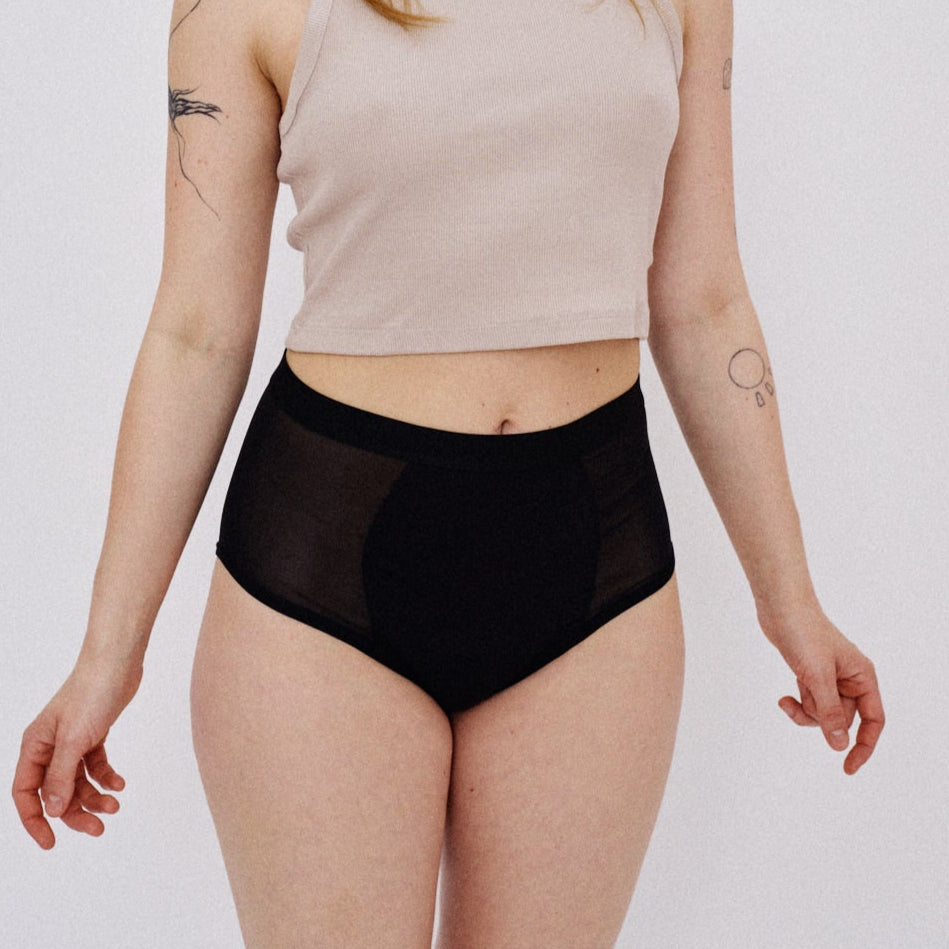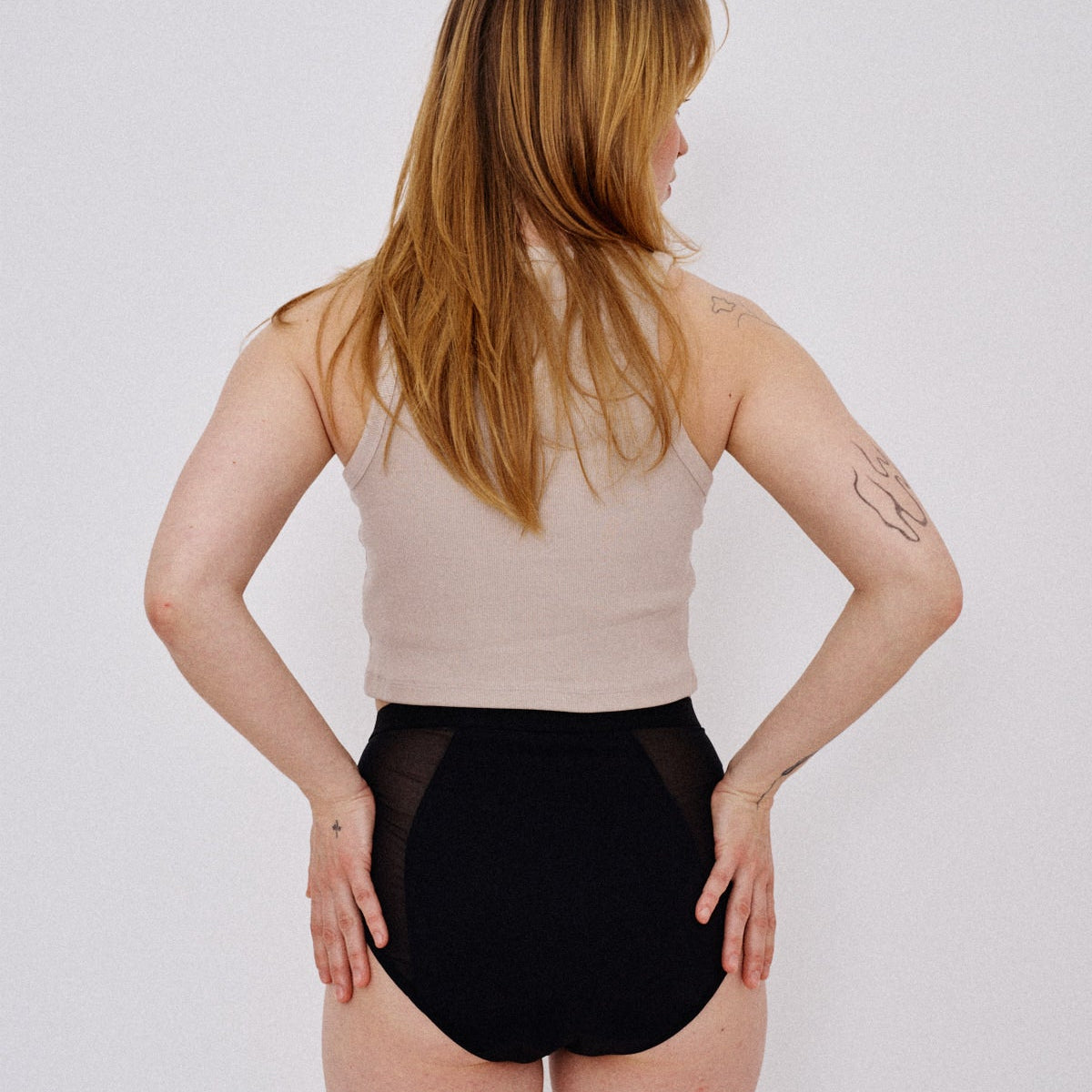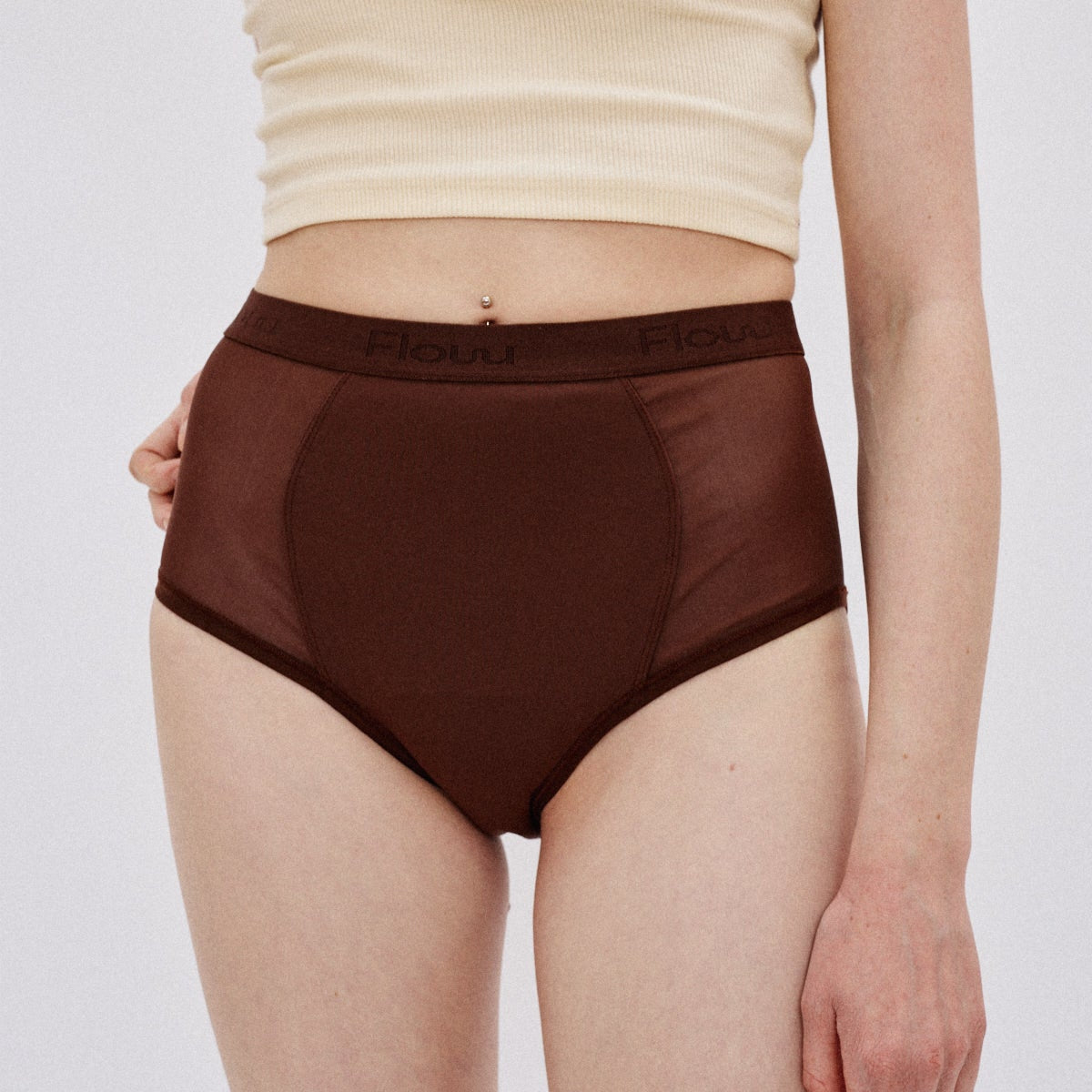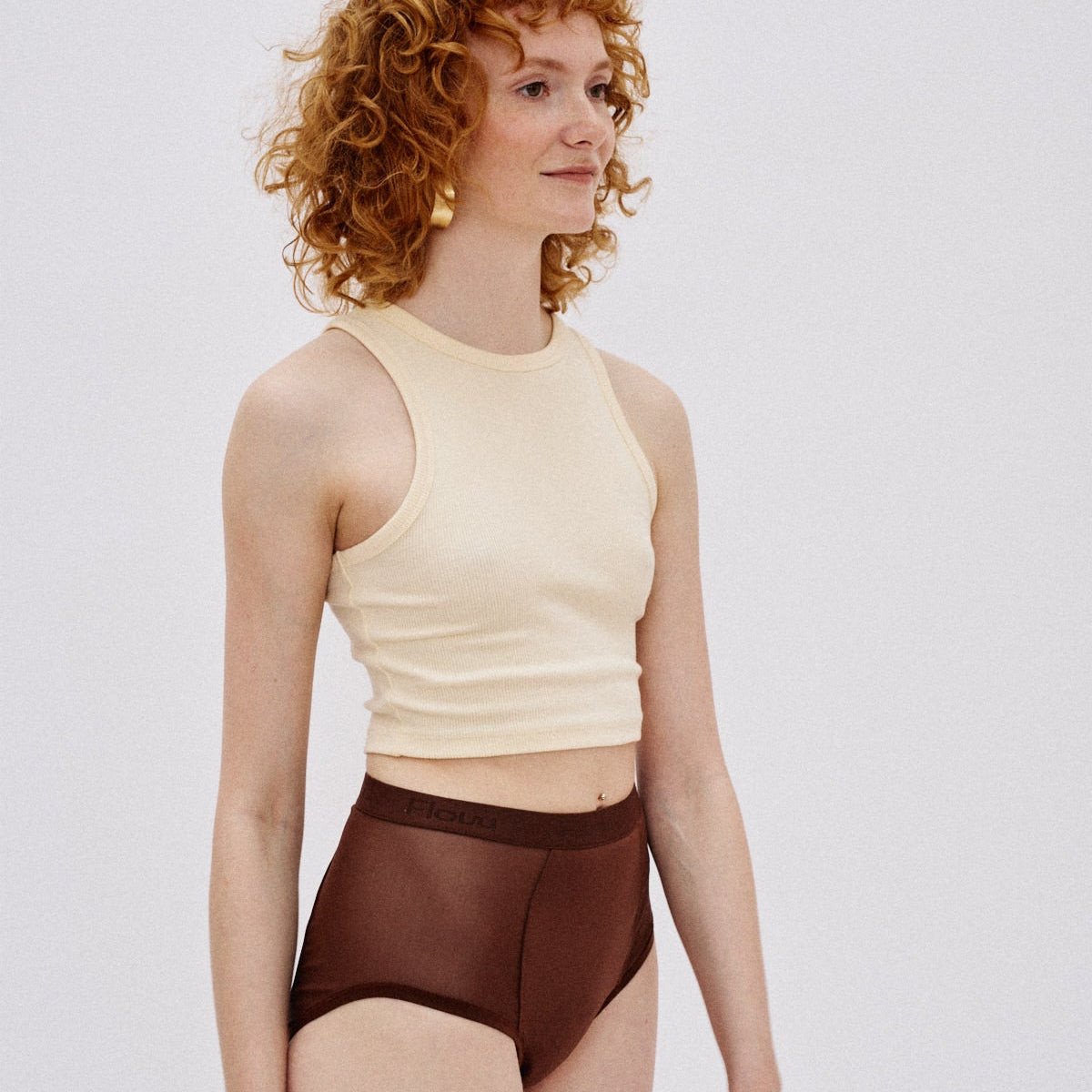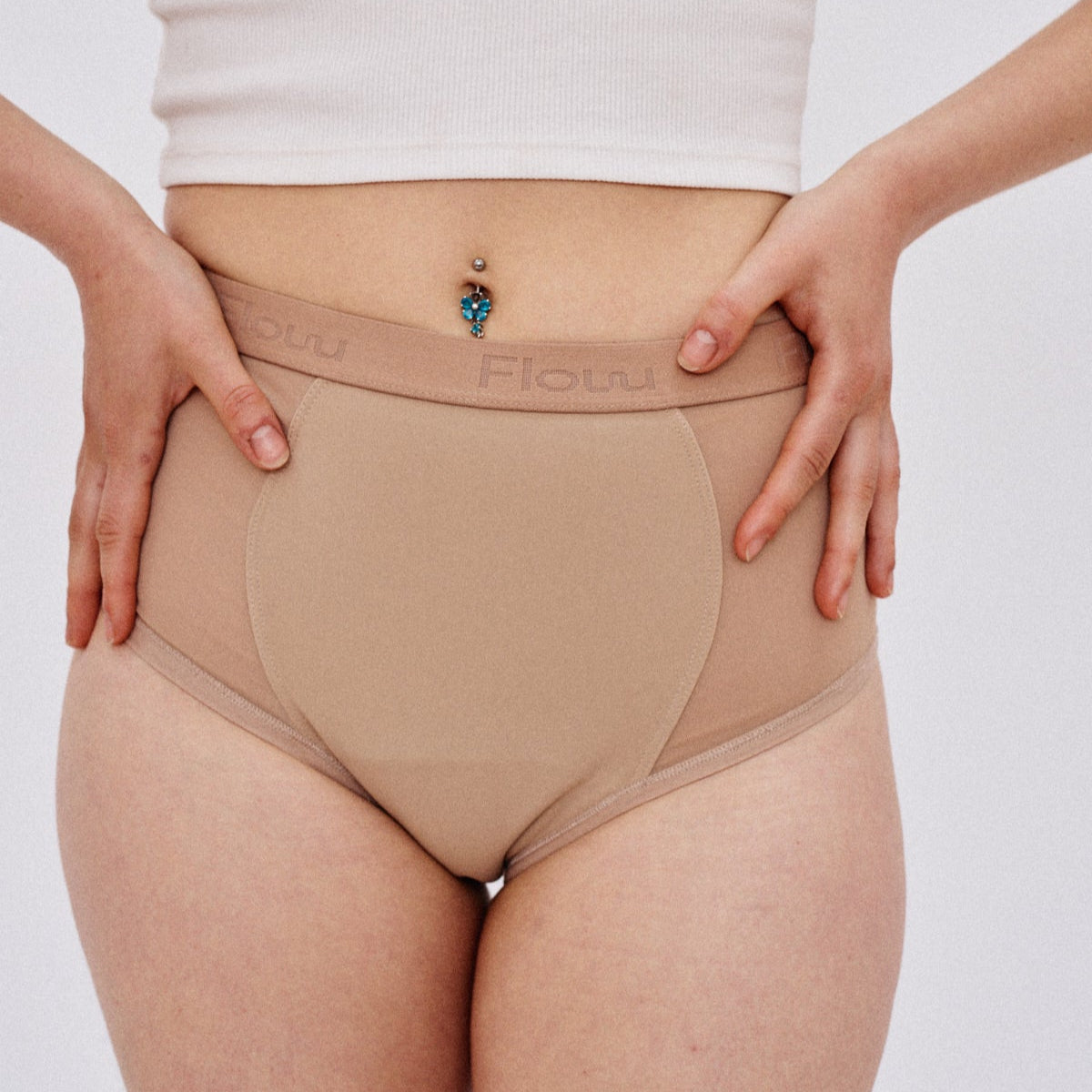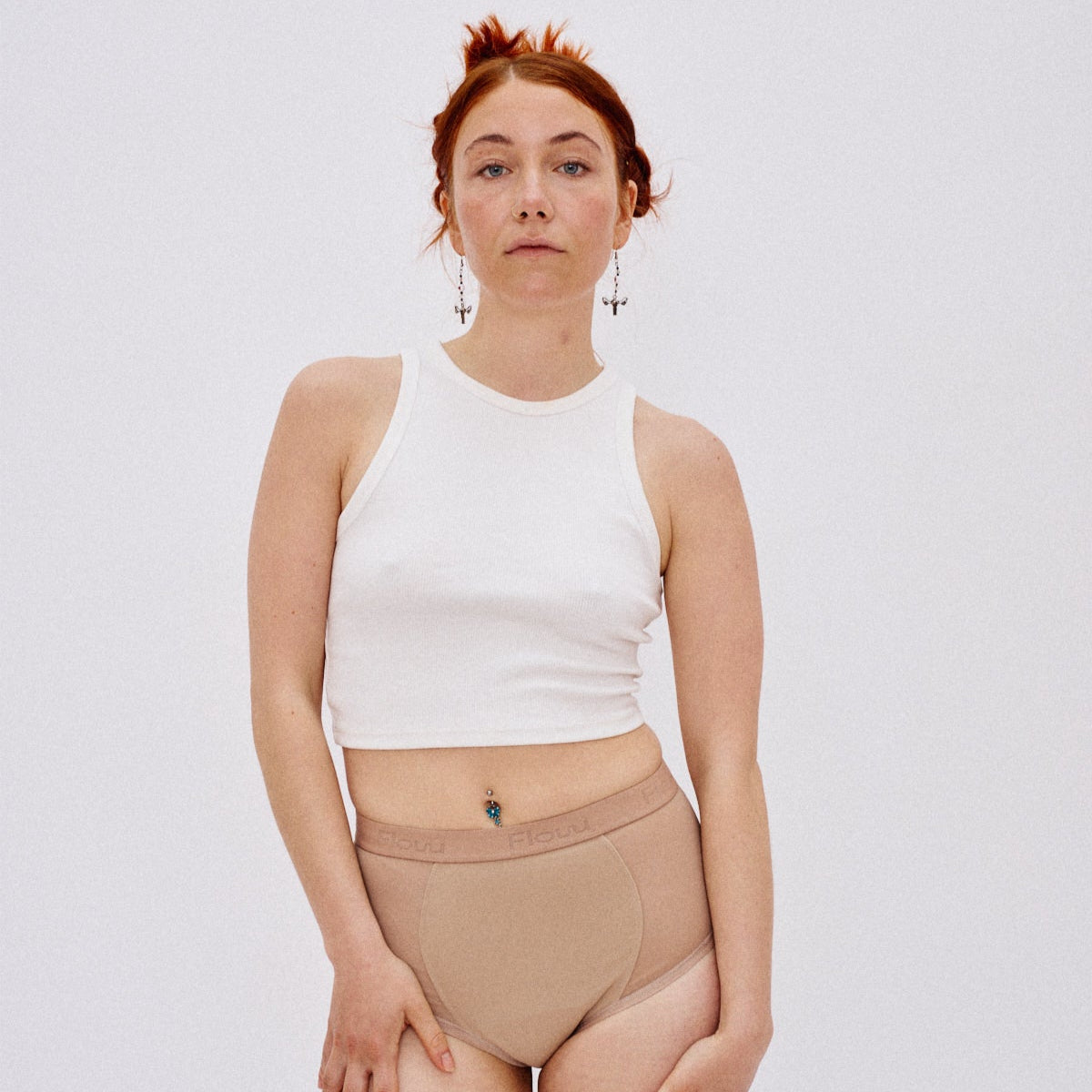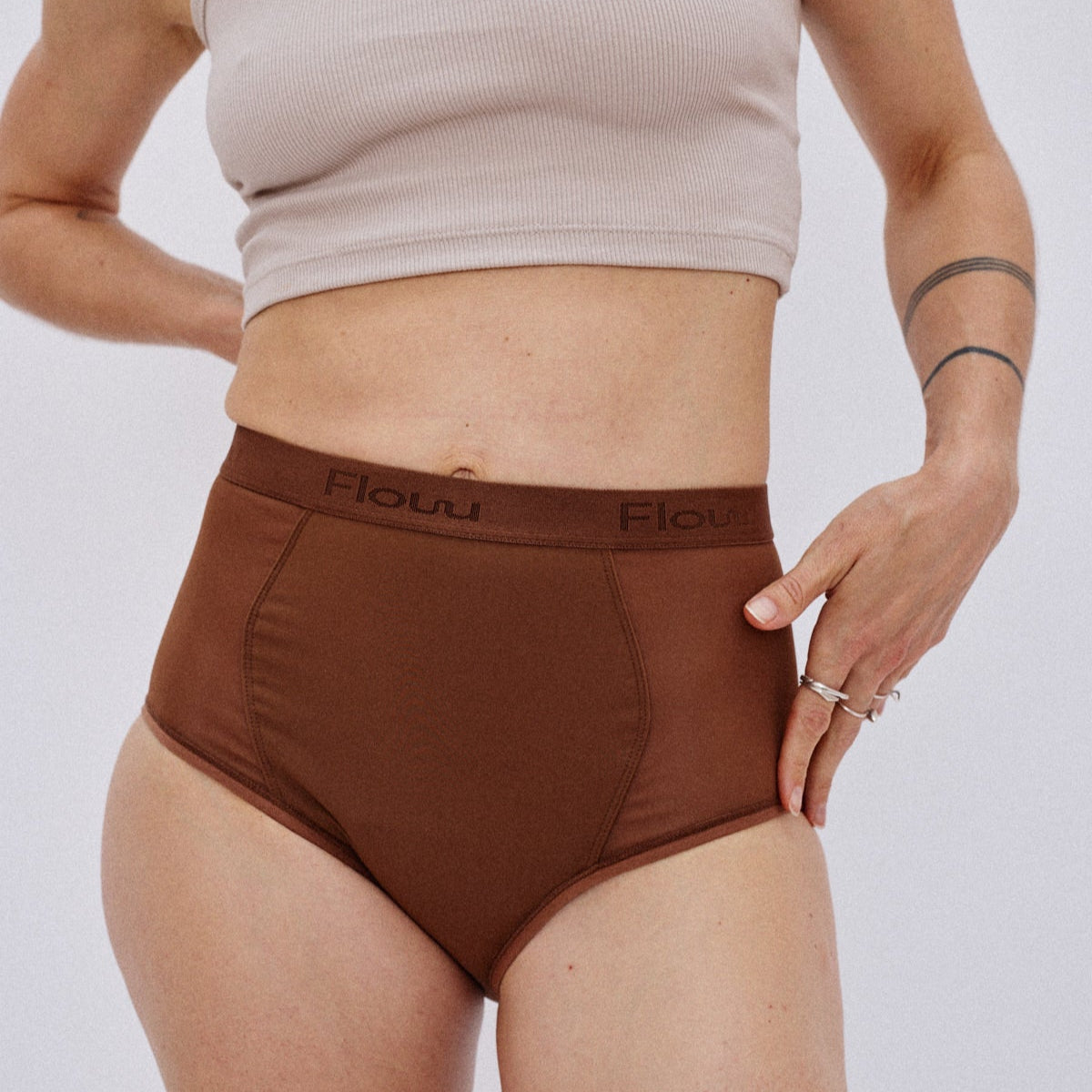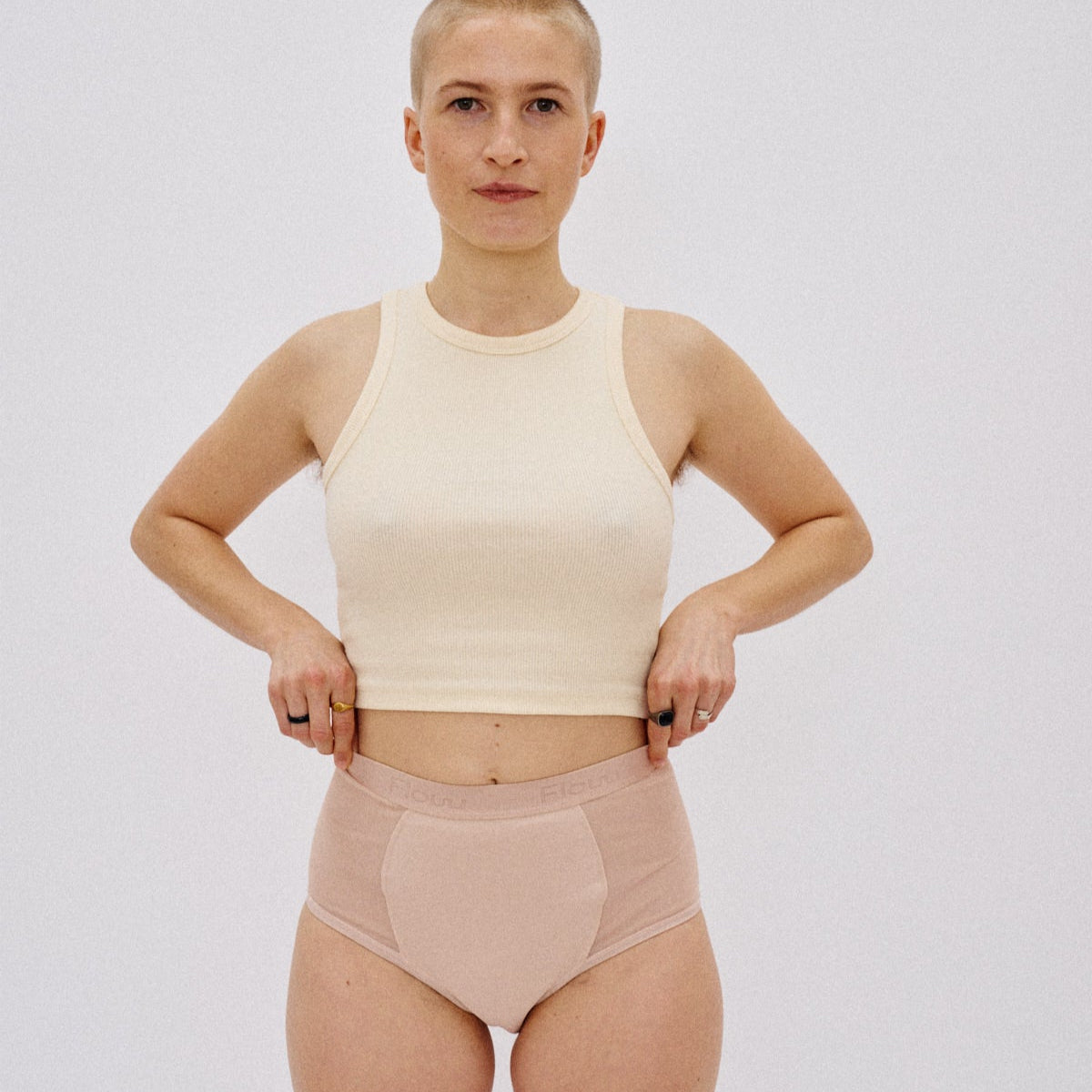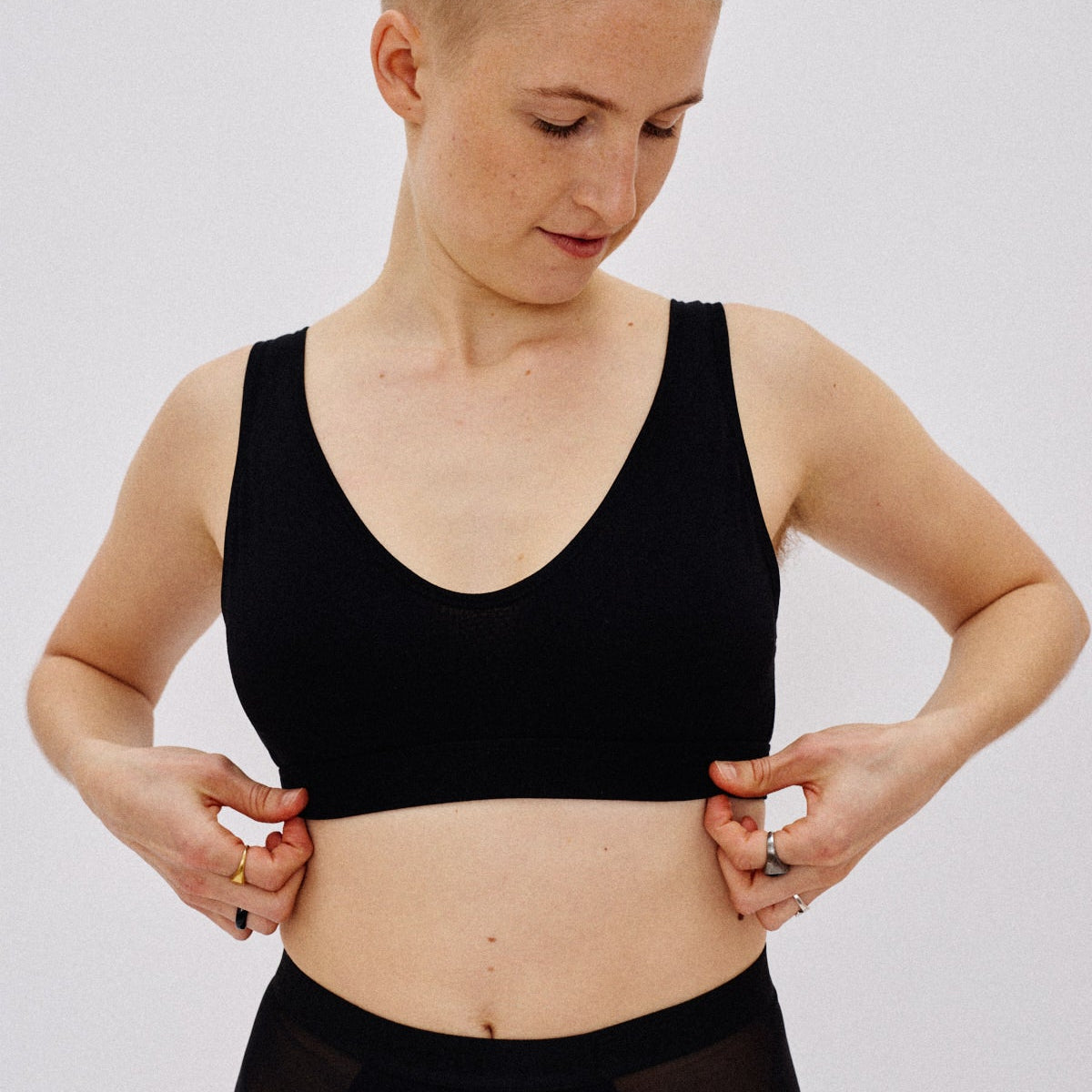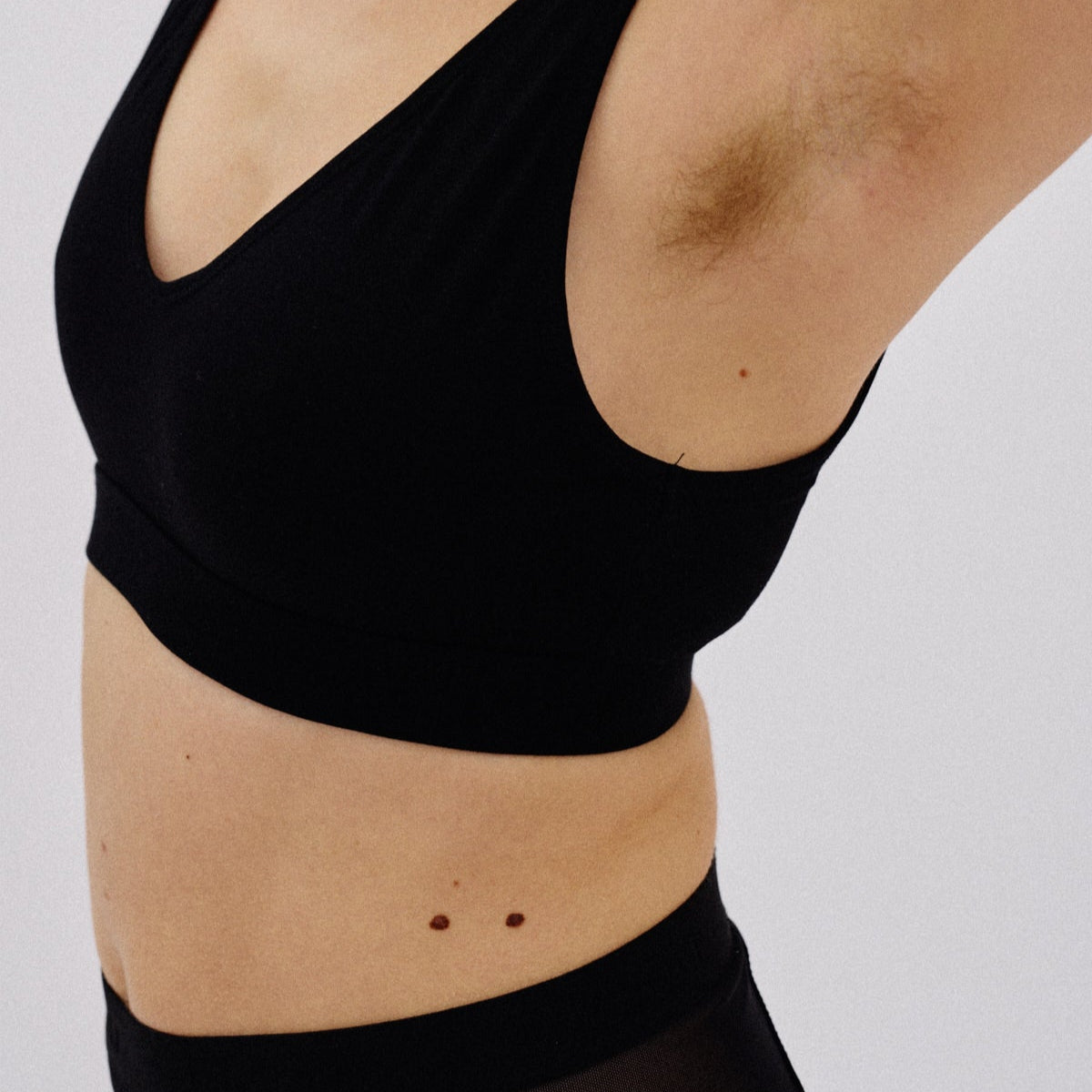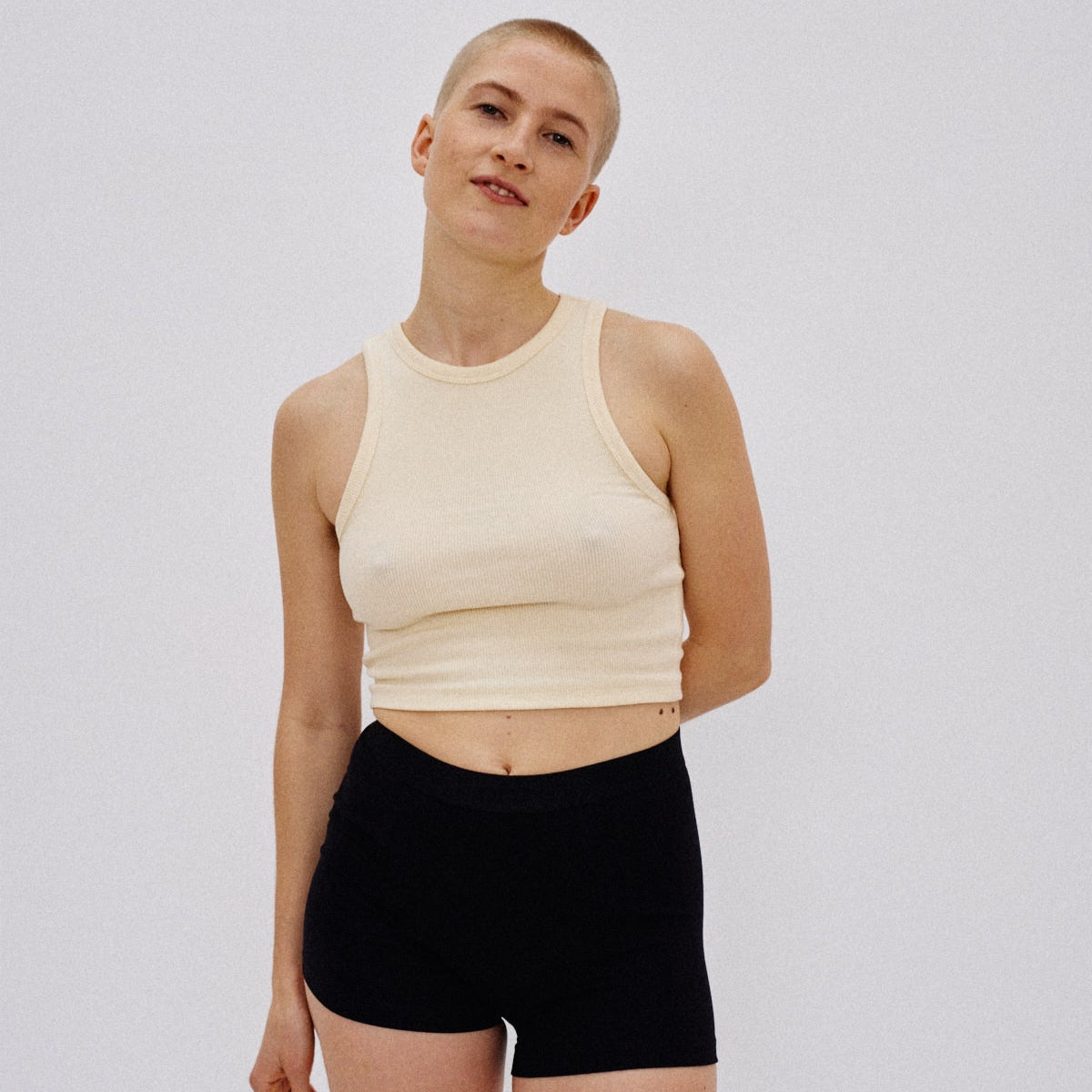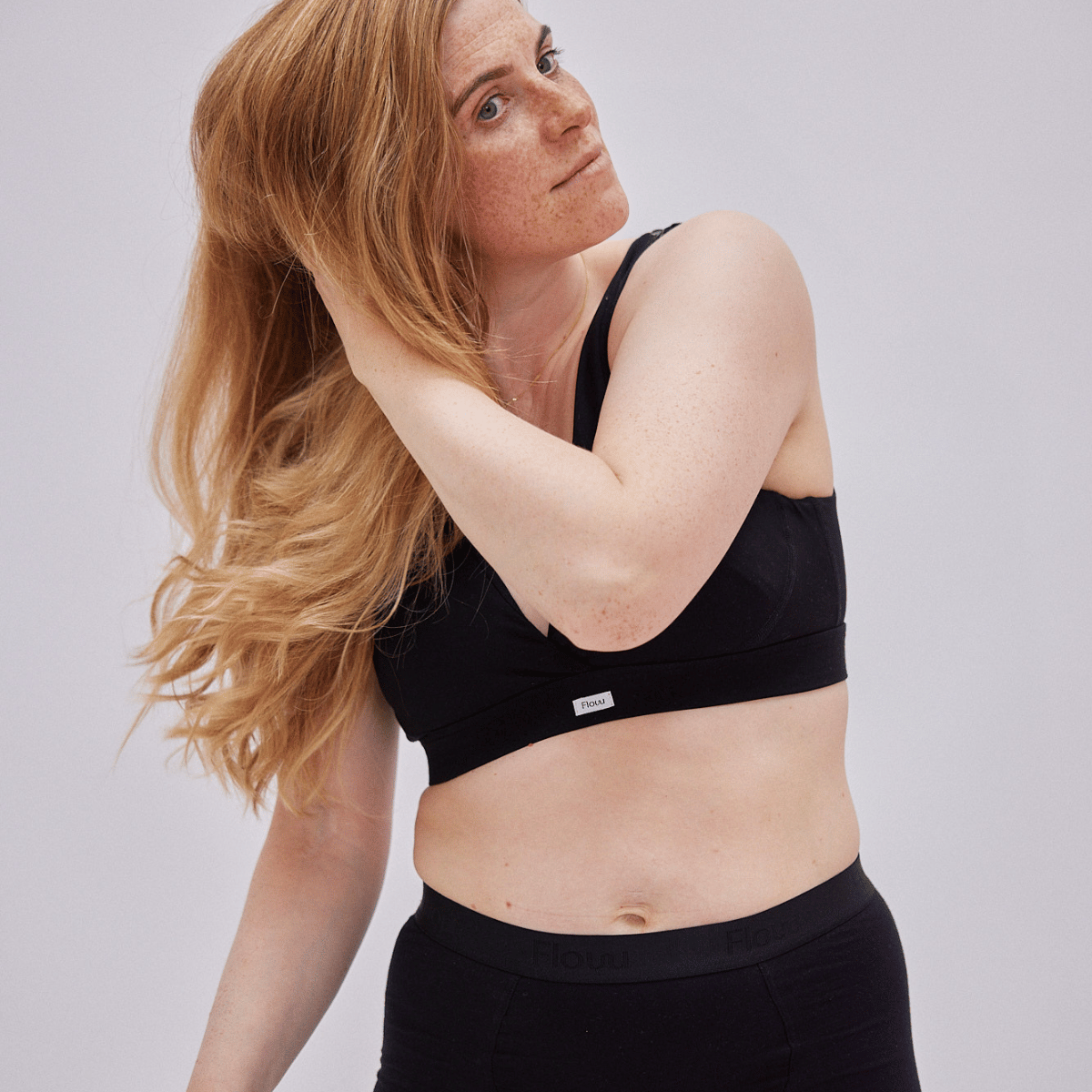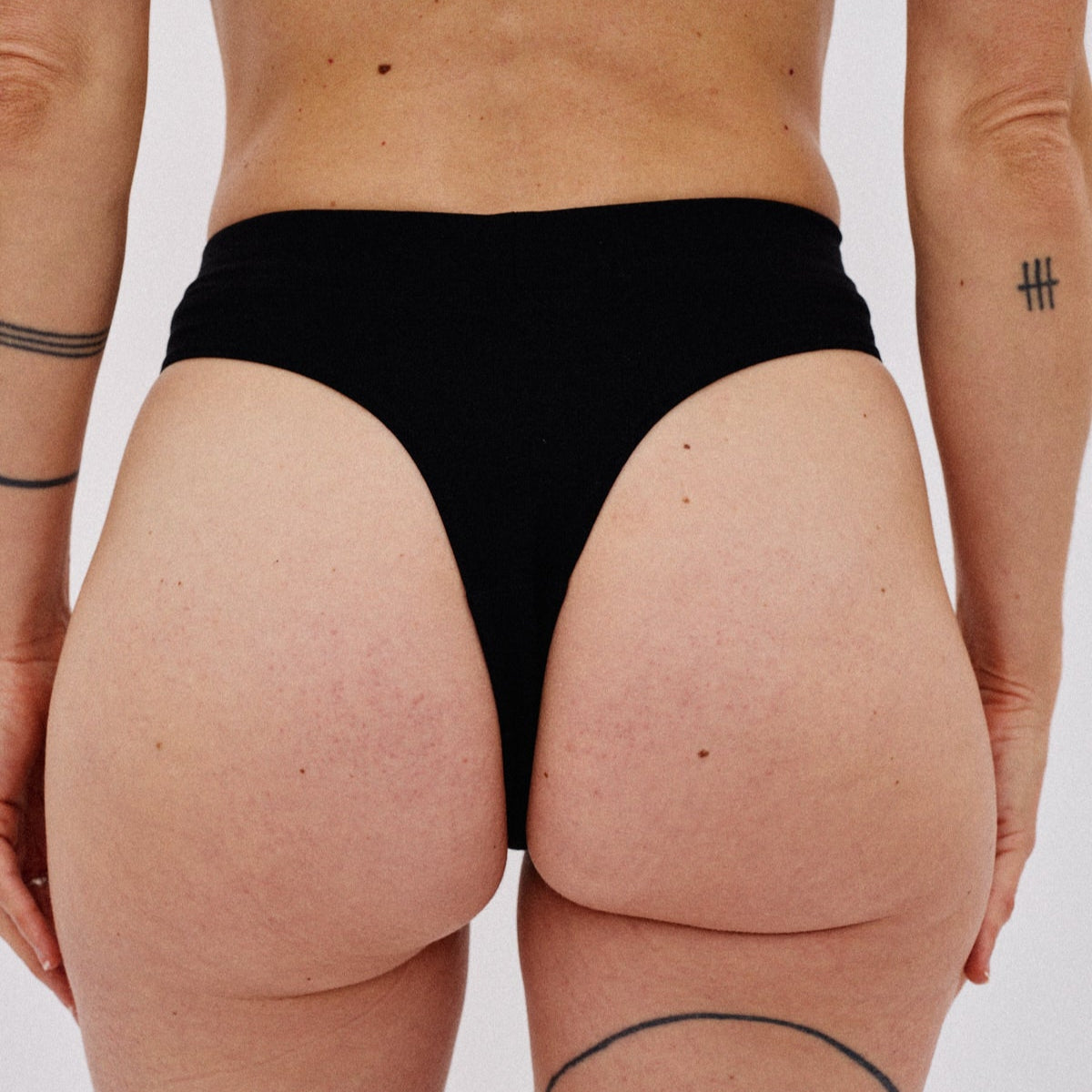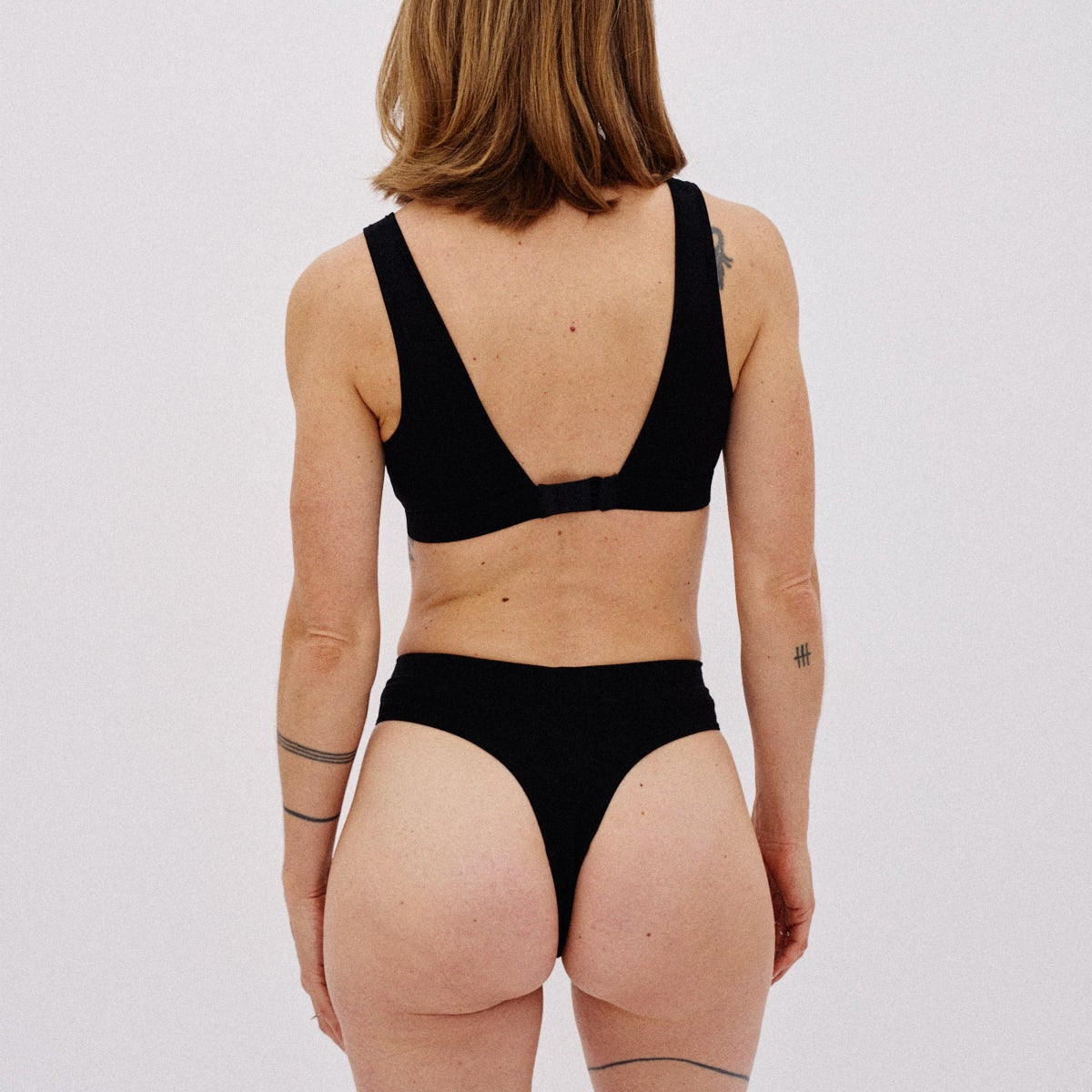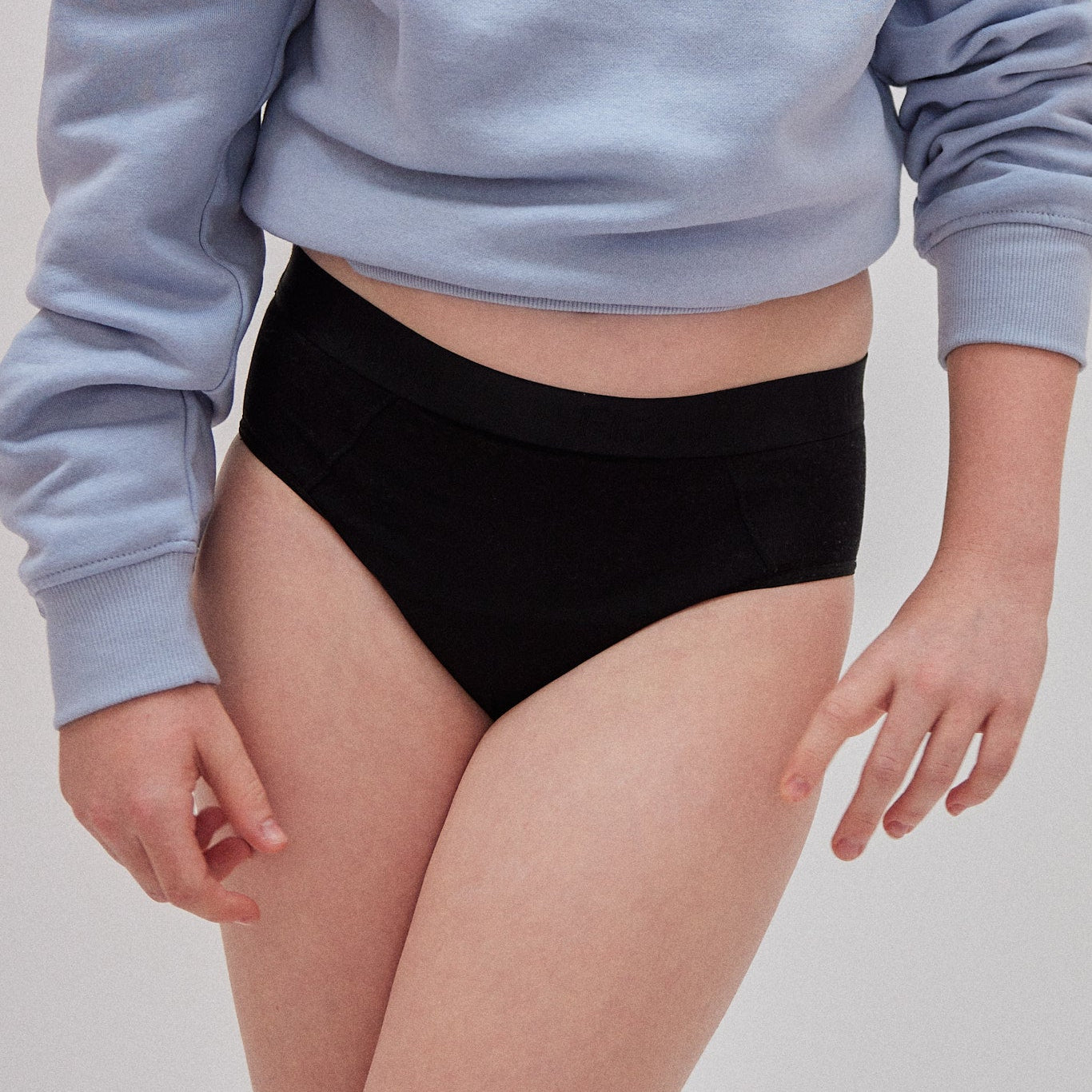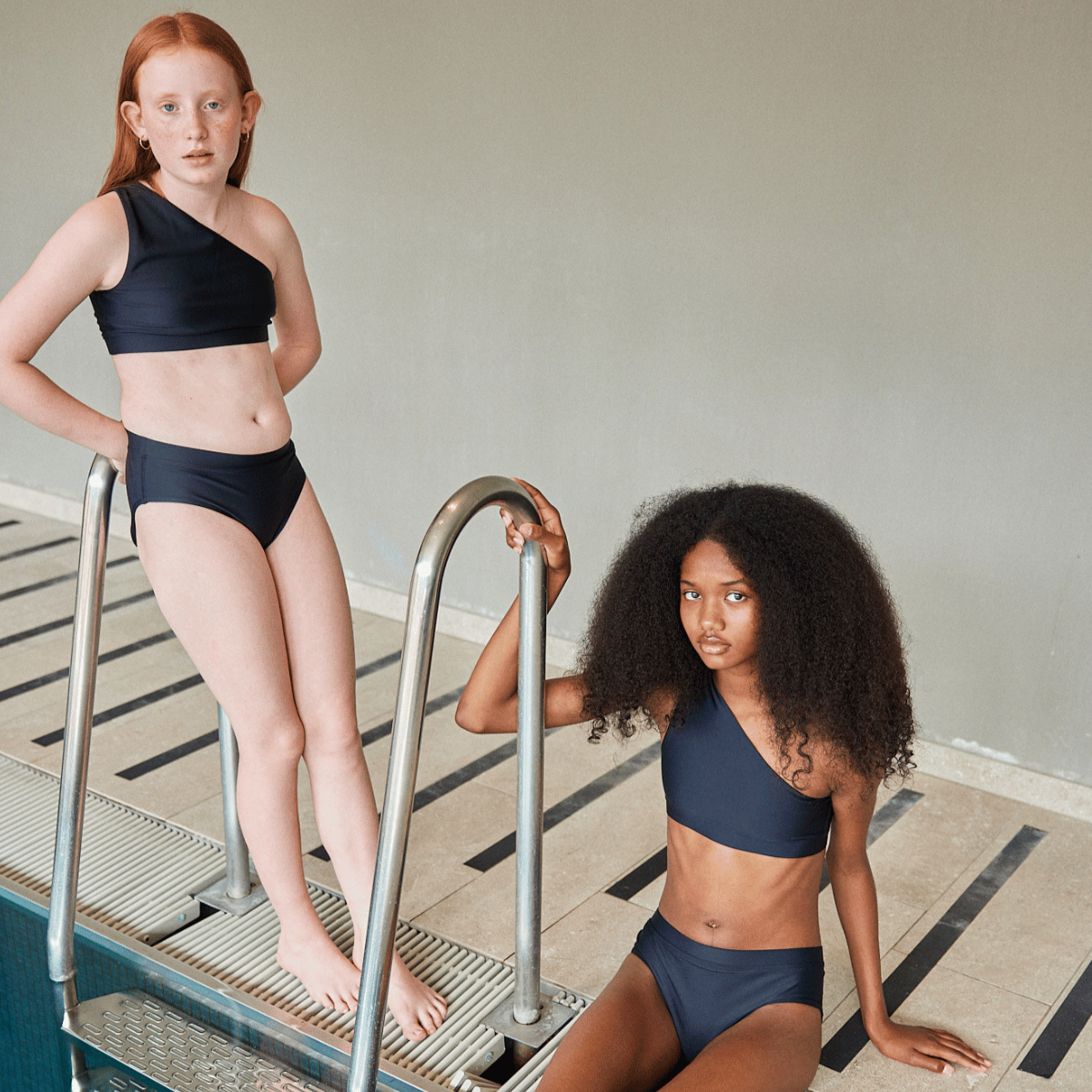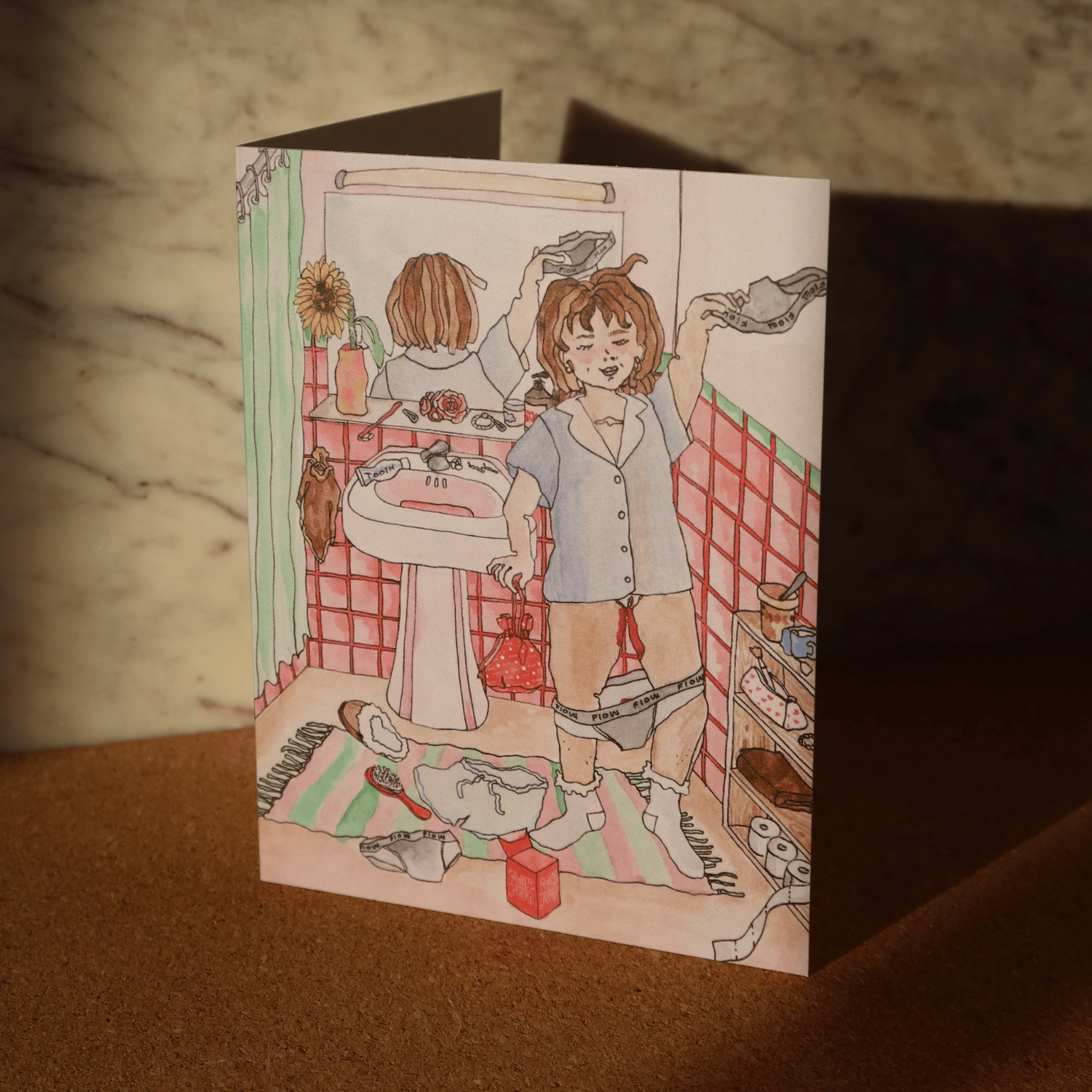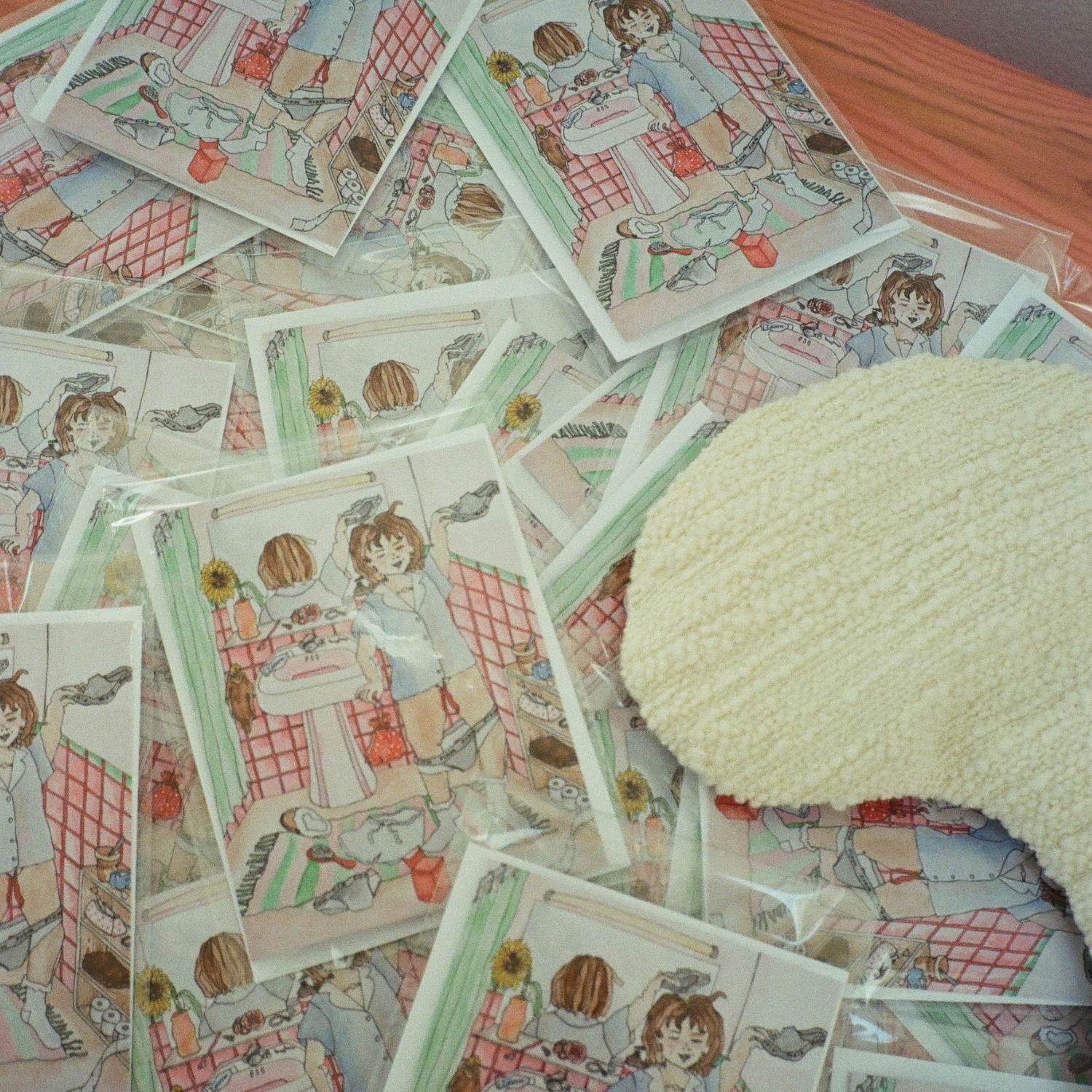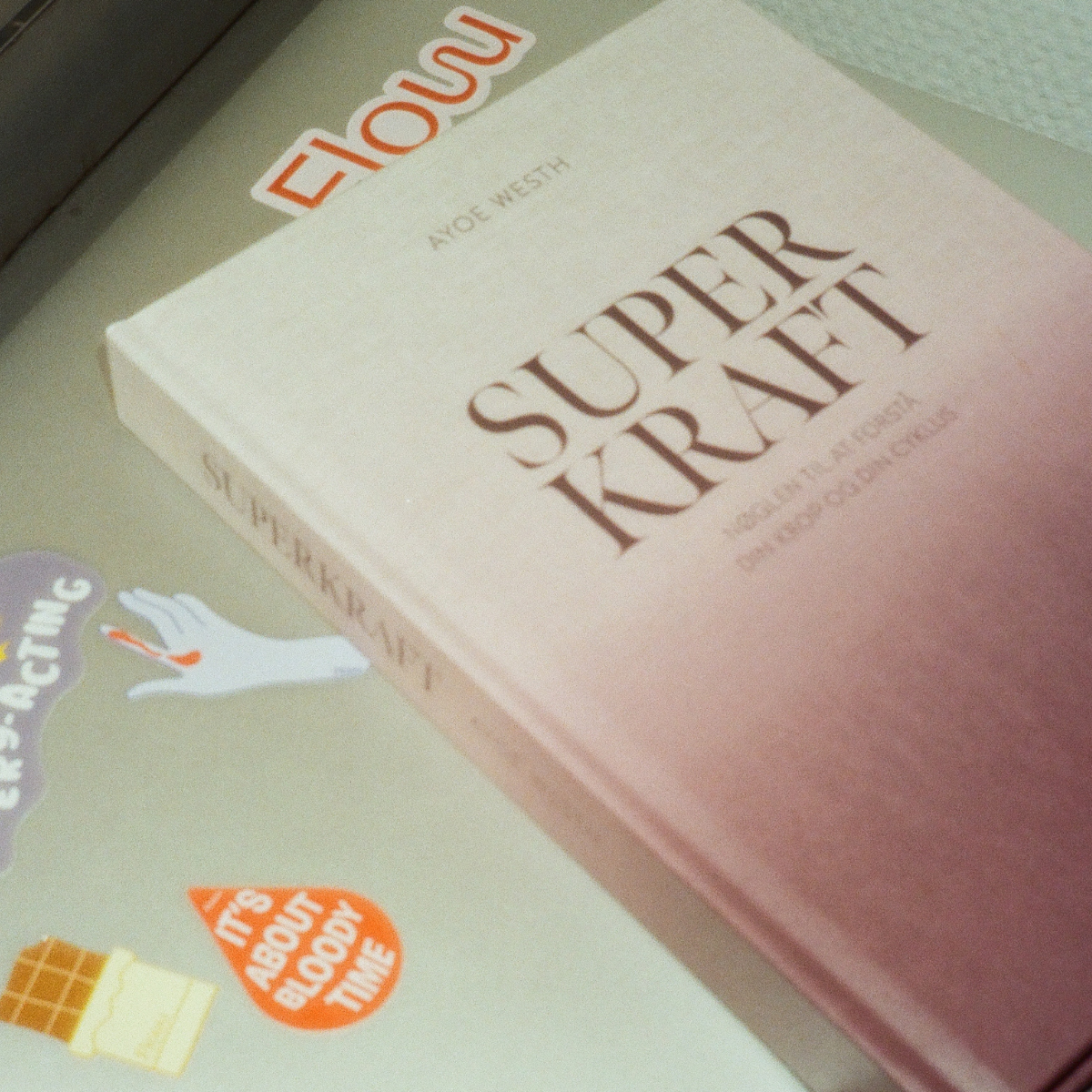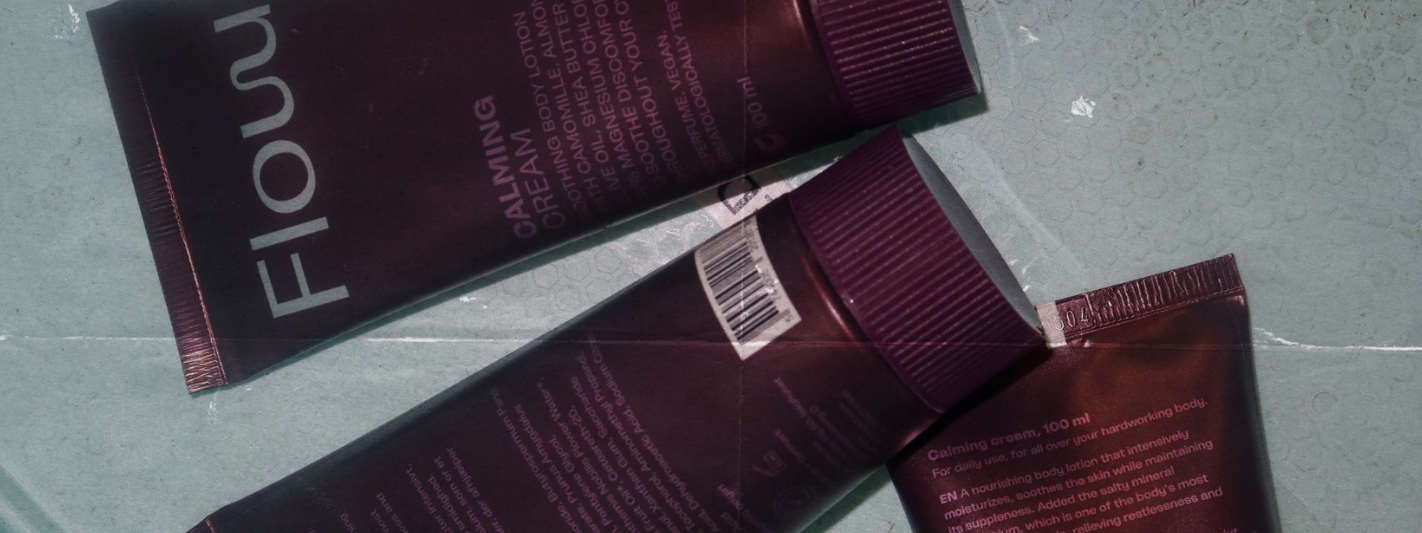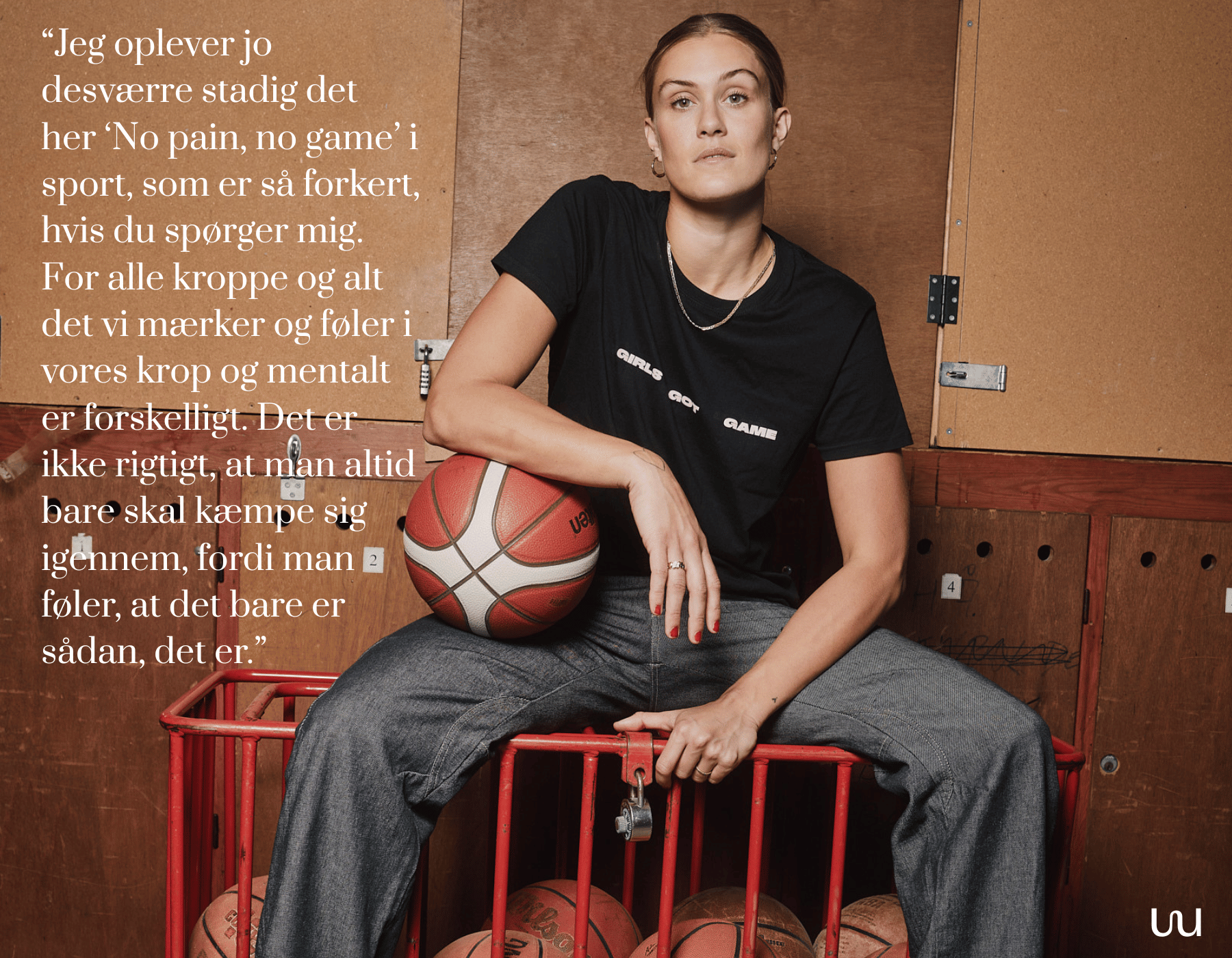Tired of pads that move around and tampons that irritate? Here are 3 reusable alternatives for your period care.
Author: Emma Libner
Green Menstrual Products Are the New Black - and for Good Reason!
Throughout her life, an average menstruating person generates between 125 and 150 kg of waste in the form of used pads and tampons. This waste primarily consists of plastic and cotton, both of which are costly in terms of overall CO2 emissions.
Fortunately, there are now several good environmentally friendly alternatives to traditional pads and tampons. In this article, we dive into the ever-growing selection so you can make the right choice for yourself - and the environment.
Menstrual Underwear: The Smart Alternative to Pads
We assume you are familiar with menstrual underwear since you are reading this. If not, buckle up because menstrual underwear - at least according to Flow's users - is a game-changer when it comes to bleeding comfortably and with a clear conscience.
Menstrual underwear works somewhat similarly to the pads you know from the supermarket: Both have an absorbent core that directs the blood away so you can bleed without leaking. However, while you constantly need to stock up on pads, which become waste as soon as you're done using them, you can instead have a handful of menstrual underwear ready in your drawer. These underwear come with their own built-in pad in the lining, which only becomes waste the day you decide to discard the underwear.
Menstrual underwear is ideal if you already use pads and want a reusable alternative. Naturally, they can also replace other products like tampons. And since menstrual underwear can potentially save you and the environment several kilograms of waste and environmentally harmful chemicals used in the production of disposable products, they are an excellent option for a greener way to menstruate. Especially if you take good care of them, ensuring they have a long and good life. Check out our selection here and try for yourself!
Heavy Flow? Combine Menstrual Underwear with a Menstrual Cup or Disc!
The menstrual cup hardly needs an in-depth introduction. Over the last decade, the small bell-shaped silicone cup, which is inserted into the vagina where it collects blood rather than absorbing it like a tampon, has secured its place among more traditional menstrual products.
A menstrual cup can be reused for up to 10 years, which not only saves the environment a significant amount of waste but also saves you a lot of money. It is ideal if you prefer an internal method to manage your flow - and is an unmatched match made in heaven if you have a heavy flow and prefer menstrual underwear but might need a little extra reinforcement in the first days of your period (if you bleed more, we recommend Flow 3 with extra absorbency and longer pads both front and back!).
In short, when you use a menstrual cup along with your menstrual underwear, you can extend the time between changing underwear. At the same time, you can safely bleed a little beside the cup (which is very common when using a menstrual cup) without worrying about leaving stubborn bloodstains on your clothes. Win-win!
Struggling with Using a Menstrual Cup? Try a Menstrual Disc Instead.
A menstrual disc is an alternative form of cup that looks strikingly like a diaphragm. Like the bell-shaped menstrual cup, the flat menstrual disc works by collecting blood in the vagina. However, unlike the cup, the disc does not rely on creating a vacuum to sit correctly, which can be helpful for some people.
Reusable Menstrual Products Aren’t for Everyone - But You Can Still Make a Difference
Now we've presented three suggestions for sustainable ways to manage your period. We hope you can use them. But it’s also important to emphasize that it’s perfectly okay if you can't join the green wave during your period.
We know there can be many valid reasons why someone might not be able to replace pads and tampons with more sustainable alternatives (for instance, if you, like me, have vulvodynia!). To that, we just want to say: The whole planet’s survival does not depend on whether you can bleed sustainably. So, you should do what feels best for you.
If you still long to make a small difference during your period days, fortunately, there are other ways you can consider the environment in your menstrual routine. For example, you can reuse the water from your hot water bottle to boil eggs or water plants. You can also use an eco-friendly cleaner to wash bloodstains from your sheets if an accident happens. Or choose your period snacks carefully? For instance, dark certified chocolate, which impacts the climate less than milk chocolate.
At Flow, we believe that it is the cumulative amount of small, conscious steps that make a difference. Our primary task is to make it easier for you to take the first step - but there’s no pressure, and you choose your own path <3

